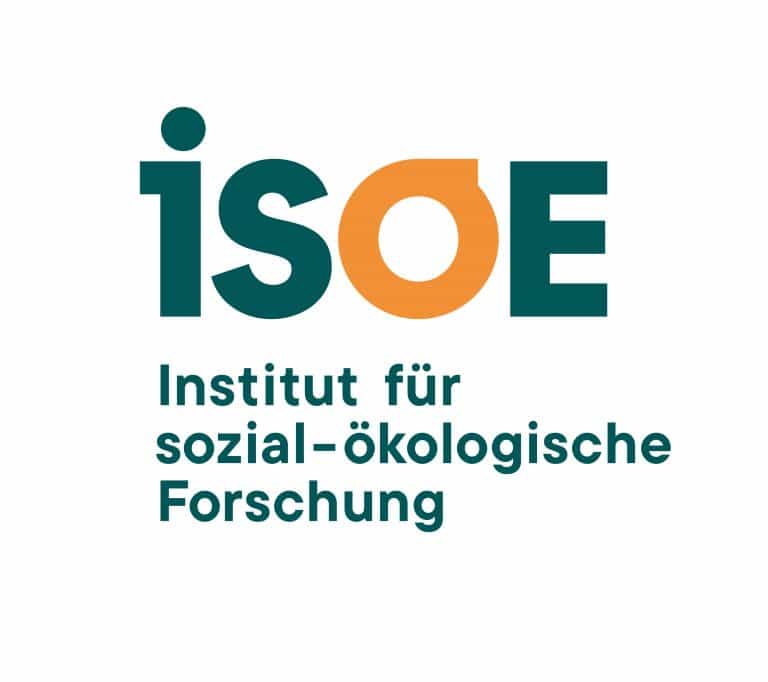Interaction of biogeochemical interfaces and microbial community function in different soils
Land use type and aboveground biodiversity patterns shape soil microbial communities and transformation processes.
In contrast to developing ecosystems, all areas of the Exploratories have reached climax, resulting in site-specific maxima of microbial diversity in the form of genetic potential, while the active part of the community is adapted to the current local conditions.
Therefore, transformation processes are not limited by a lack of genetic potential, but are regulated by other factors such as plant growth and soil management.
Drivers of selected functional microbial groups with regard to the physiology of these groups are: nitrogen fixation depends on the presence of legumes and only occurs in semi-natural grasslands, while ammonium oxidizers are mainly influenced by nitrogen availability and quality, pH in the soil or root zone, and soil compactness.
Plant growth and viability are limited by the available inorganic nitrogen. As the abundance is lower in extensively used grasslands, carbon-containing inclusions are released and nitrogen fixers are less common.
Ammonium oxidizers adapt to high nitrogen fertilization on intensively used land by increasing their abundance. However, their diversity is not affected by different management regimes. Functional shifts between AOA and AOB are expected.









